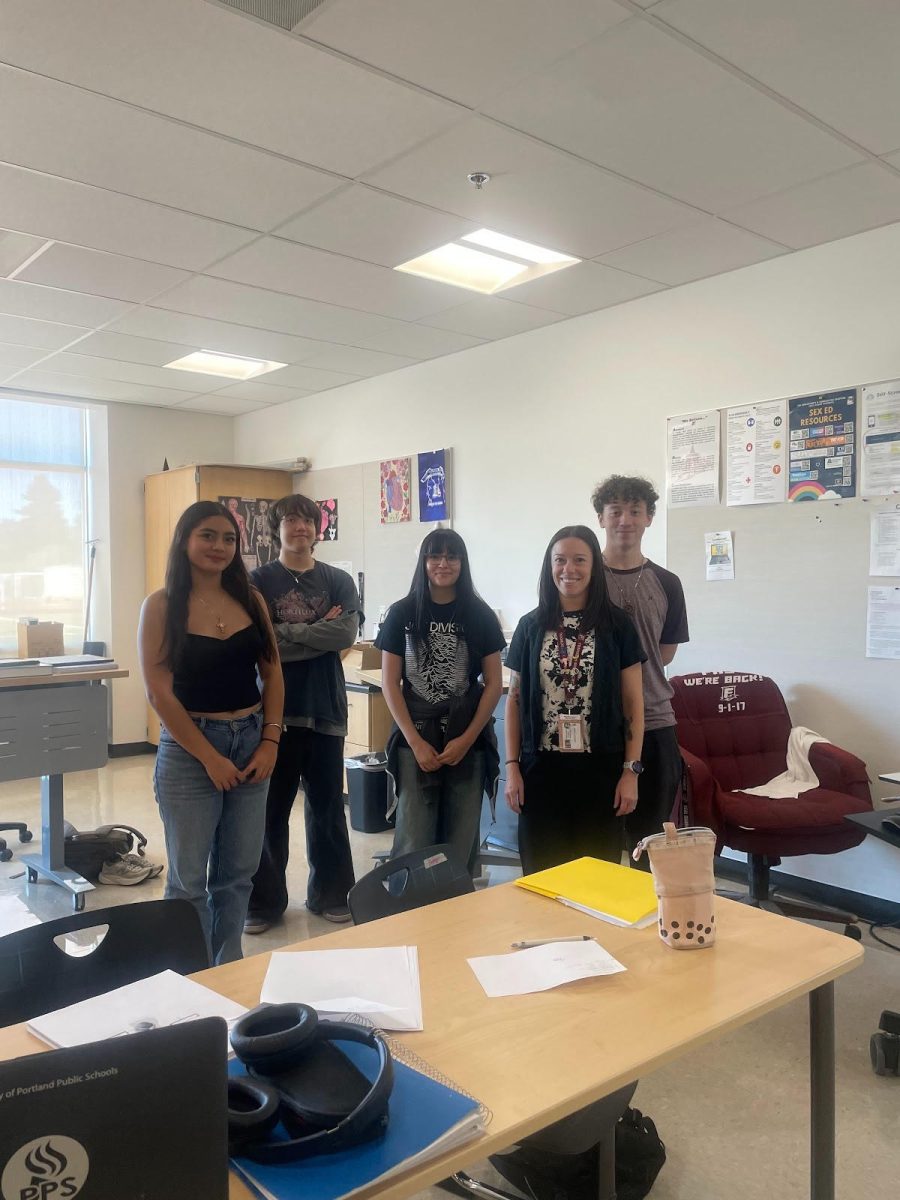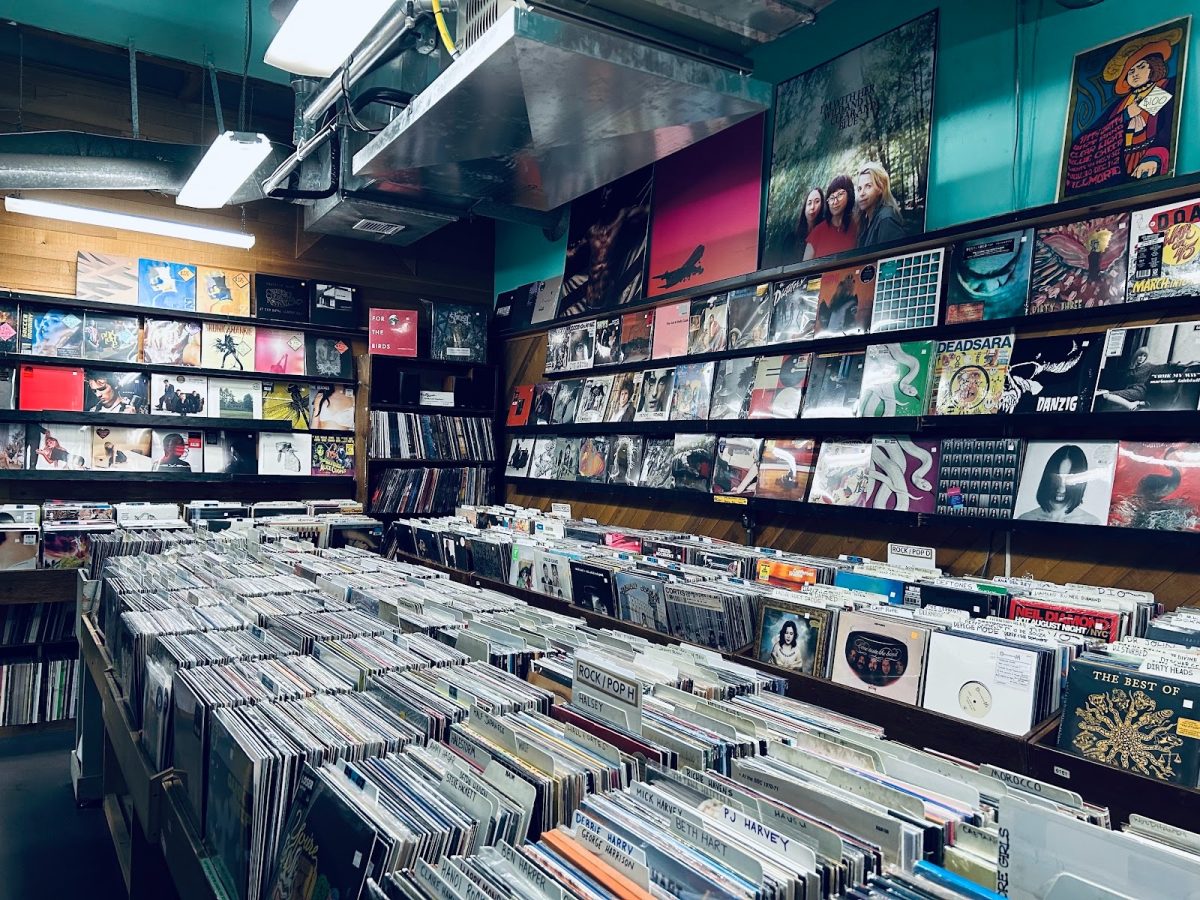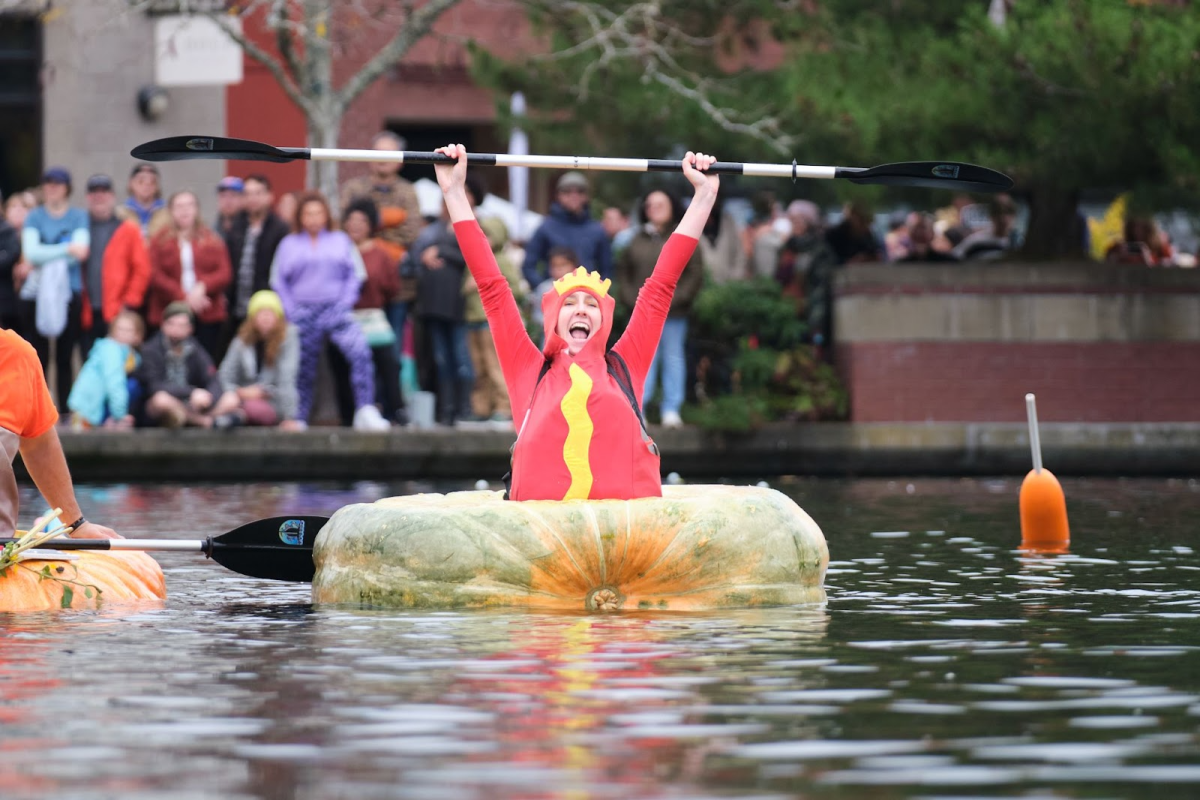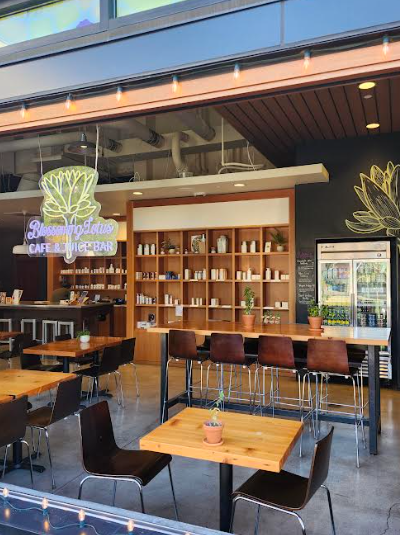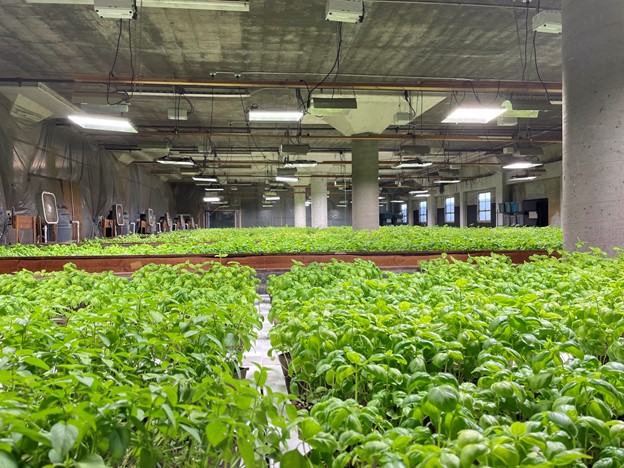
Farming is a practice that first enters our consciousness as early as with the nursery rhyme classic “Old McDonald.” For many, those initial impressions continue to be shaped by experiences at events like harvest festivals and county fairs, creating a wholesome, friendly idea of a farm, one complete with everything from tractor rides to scarecrows. Unfortunately, in a world where the demand for food is much greater than Mr. McDonald alone can manage, the reality of how it’s grown can be far less pleasant.
Agriculture is one of the world’s biggest industries, one that employs more than one billion people and produces $1.3 trillion dollars worth of food annually, according to the World Wildlife Fund. That massive scale also means food production occupies about 40% of earth’s habitable land, and often negatively impacts the environment in dramatic ways. This can look like anything from pesticides and excess fertilizer creating toxic runoff and polluting waterways, to immense greenhouse gas emissions from farmland-clearing deforestation. The resources that this type of farming requires, combined with the damage it inflicts, make it a leading contributor to climate change.
However, food doesn’t have to come from the expansive acres of an industrial farm. Alternatives have always existed, one up-and-coming one being aquaponics. A combination of aquaculture (raising fish in a controlled environment) and hydroponics (growing plants without soil), aquaponics is a growing method that mimics a natural ecosystem. This means microbes convert the ammonia from fish waste into nutrients for the plants. In return, the plants help purify the water for the fish. Because of this relationship, there’s less of a need for fertilizers and pesticides, and the recirculation setup greatly reduces the amount of water used. Aquaponics systems also rely very little on the climate around them, meaning they can be installed almost anywhere to grow crops no matter the season, and farmers can get creative about conserving space. Though the practice doesn’t look exactly the same everywhere it’s employed, the draw of aquaponics remains constant: it combines the best of aquaculture and hydroponics to create a sustainable, environmentally friendly growing method.
Currently, the aquaponics industry is small, but growing, as formal research into the practice on a large scale only began in the 50s and 60s. While some sources cite researchers and scientists of that time as the creators of aquaponics, the history behind it actually stretches back much further. “That was definitely one of my early misconceptions, that [aquaponics came from] a group of weird, nerdy hobbyists, or that it was really driven by this idea of closed food production systems,” said Franklin High School’s Biotechnology teacher Anne McHugh. “It’s also a cultural practice in lots of different places on the planet.” In fact, some of the most basic principles of aquaponics emerged from the Aztecs, who created small artificial islands called chinampas in freshwater lakes for agricultural purposes. Indigenous Hawaiians also utilized marine ecosystems by building fishponds in plankton-rich areas, which attracted small fish and then trapped them once they grew too large to escape. Those ponds were part of a larger food production system called ahupuaʻa, which involved every part of the land from the mountain to the sea.
Despite its occurrence throughout history, it’s important to note that aquaponics is only one of many alternative options, and won’t replace $1.3 trillion dollars worth of food all on its own. Still, understanding and looking more closely at different systems prompts us to truly consider how our food is grown, something especially important in the context of climate change. “I think one of the challenges we’re going to see in the 21st century is patterns of precipitation and temperature changing,” said McHugh. “Places that were historically very productive farmland may not be [in the future] because of those shifts[…] It’s really this moment to creatively rethink how we derive our food.” The history behind aquaponics, and the fresh perspective it provides, make it an important piece of the effort for sustainable, organic food production.












